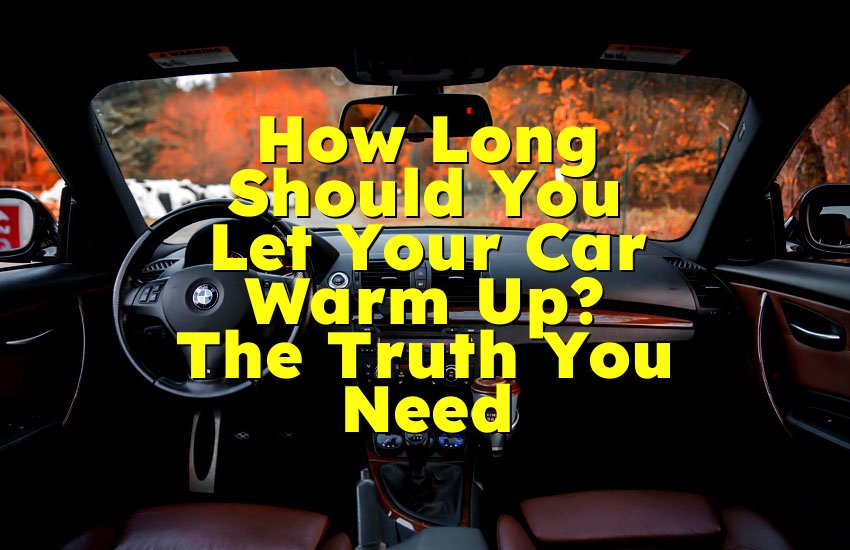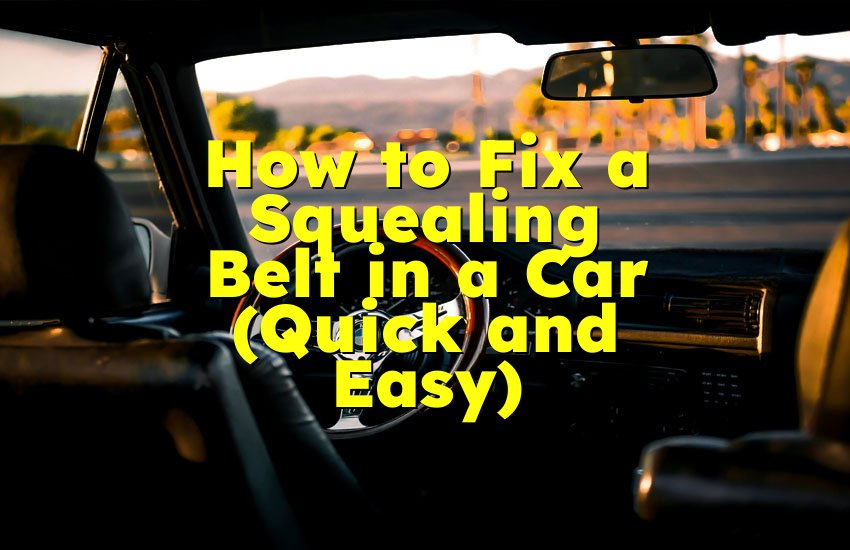As an Amazon Associate, I earn from qualifying purchases at no extra cost to you.
How Does Manual Transmission Work: Unlocking the Secrets
Every car lover wonders about the magic behind driving. If you’ve ever asked, “How does manual transmission work?” you’re in the right place. Manual transmission lets you control the gears, giving you a real feel of the road. Unlike automatic cars, you have to shift gears yourself, which can be super fun. In this post, we'll break down how a manual transmission works, making it easy to understand for everyone. So, let's dive in and learn together!
How Does Manual Transmission Work: What You Need to Know
A manual transmission is a type of gear system in cars that helps the engine send power to the wheels. It gives drivers more control over how fast they go and how much power they use. The whole process might sound complex, but once you break it down, it’s pretty straightforward.
First, let's talk about the parts involved in a manual transmission. The main components include the clutch, gears, gear stick (or shifter), and the transmission case. The clutch is a vital part because it connects and disconnects the engine from the wheels. When you want to change gears, you press the clutch pedal with your foot. This action lets you separate the engine from the wheels, allowing you to shift gears smoothly without damaging anything.

When you press the clutch pedal, it pulls a cable or pushes a hydraulic system, which moves a part called the pressure plate away from a disk called the flywheel. The flywheel is connected to the engine, and it helps the engine spin. When the pressure plate is away from the flywheel, it allows the engine to turn without making the wheels turn at the same time. This separation is crucial for shifting gears.
Next, we have the gear stick. This is the part you hold and move to change gears. In most manual cars, you have a pattern that shows which gear is which. Usually, it looks like a letter “H” with different numbers. The first gear is at the top left, and the fifth gear (or sometimes sixth, if the car has more) is usually at the bottom right. Each gear is used for different speeds. For example, the first gear is for starting and moving slowly, while the fifth gear is for driving at higher speeds on the highway.
Now, let's talk about the gears themselves. In a manual transmission, there are usually five or six different gears. These gears are like different levels of power. The lower gears (like first and second) give you more power and help the car move from a stop. They are great for things like going uphill or starting from a stoplight. Higher gears (like fourth or fifth) help the car go faster while using less power. They are good for cruising on the highway.
When you want to shift gears, here's what you do. First, you press the clutch pedal down with your left foot. This disconnects the engine from the wheels. Then, you move the gear stick to the desired gear. After you have shifted, you slowly let go of the clutch pedal while gently pressing the gas pedal with your right foot. This action smoothly reconnects the engine to the wheels, allowing you to accelerate without stalling the engine.
Shifting gears properly is key to driving a manual transmission car. If you shift too quickly or let go of the clutch too fast, the car can jerk or stall. Stalling happens when the engine stops running, usually because you didn't give it enough gas when you were starting off. It's like a little hiccup in the driving process, and it can be frustrating, especially for new drivers. However, with practice, shifting becomes smoother and more natural.
Another important thing to note is downshifting. This is when you shift to a lower gear. You usually do this when you need more power, like when going up a hill, or when you want to slow down. When downshifting, you press the clutch pedal, move the gear stick to the lower gear, and then slowly let the clutch back up while giving it some gas. It's a bit like working a rhythm, and it takes some time to get it right.
Now, let's talk about why some people prefer manual transmissions over automatic ones. Many drivers feel that manual transmissions give them more control over their car. They can choose exactly when to change gears and how much power they want to use. This can make driving feel more engaging and fun, especially in sports cars. Some drivers also find that manual cars can be more fuel-efficient because they can keep the engine in the best gear for the speed they're going.
In summary, a manual transmission works by using a clutch and gears to connect and disconnect the engine from the wheels. Drivers control the car by pressing the clutch and moving the gear stick to change gears. Lower gears help the car start and gain speed, while higher gears are for cruising.
With practice, shifting gears becomes a smooth part of driving. Many people enjoy driving manual cars because they feel more connected to the vehicle. It may take a little time to learn, but mastering manual transmission can be a rewarding experience.
Are These Questions in Your Mind?
Is it harder to drive a manual transmission?
Yes, driving a manual transmission can be more challenging for beginners since it requires coordination between the clutch and gear shifting.
Can I learn to drive a manual transmission quickly?
With practice, many people can learn the basics of driving a manual transmission in a few hours, but mastering it may take longer.
Do I need to use the clutch every time I shift gears?
Yes, you need to press the clutch pedal each time you shift gears to disengage the engine from the transmission.
Is it possible to damage my car by driving a manual transmission incorrectly?
Yes, improper use of the clutch or shifting gears at the wrong time can cause wear and tear on the transmission and engine.
Can I drive a manual transmission in heavy traffic?
Yes, but it can be tiring, as you will need to frequently use the clutch and shift gears.
Do I have to downshift when slowing down?
While not always necessary, downshifting can help maintain control and reduce speed more effectively.
Is it safe to drive a manual transmission in the rain?
Yes, but you should be more cautious, as manual transmissions can make it easier to lose traction if not handled properly.
Can I tow a trailer with a manual transmission vehicle?
Yes, many manual transmission vehicles can tow trailers, but you should check the vehicle’s towing capacity first.
Do I have to learn to double-clutch when driving a manual?
Double-clutching is not required for regular driving but can be beneficial in some situations, like downshifting in older vehicles or racing.
Is it better to drive a manual transmission for fuel efficiency?
Generally, manual transmissions can offer better fuel efficiency than automatics, especially in certain driving conditions, but it also depends on the driver’s skill.











